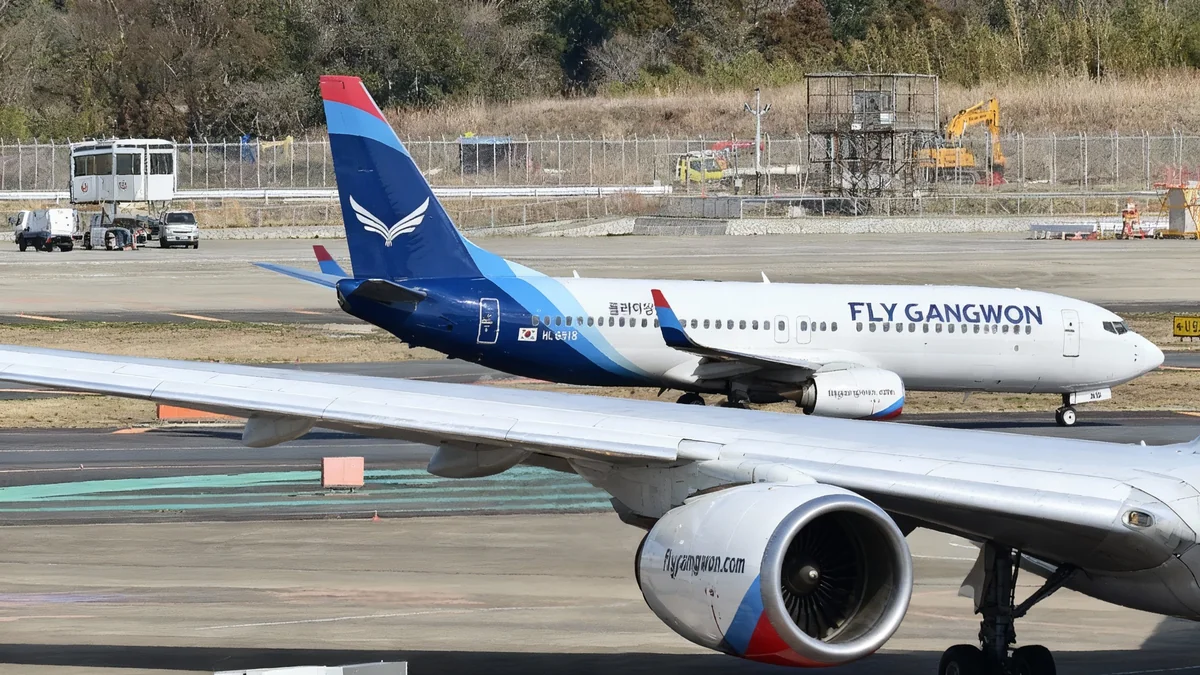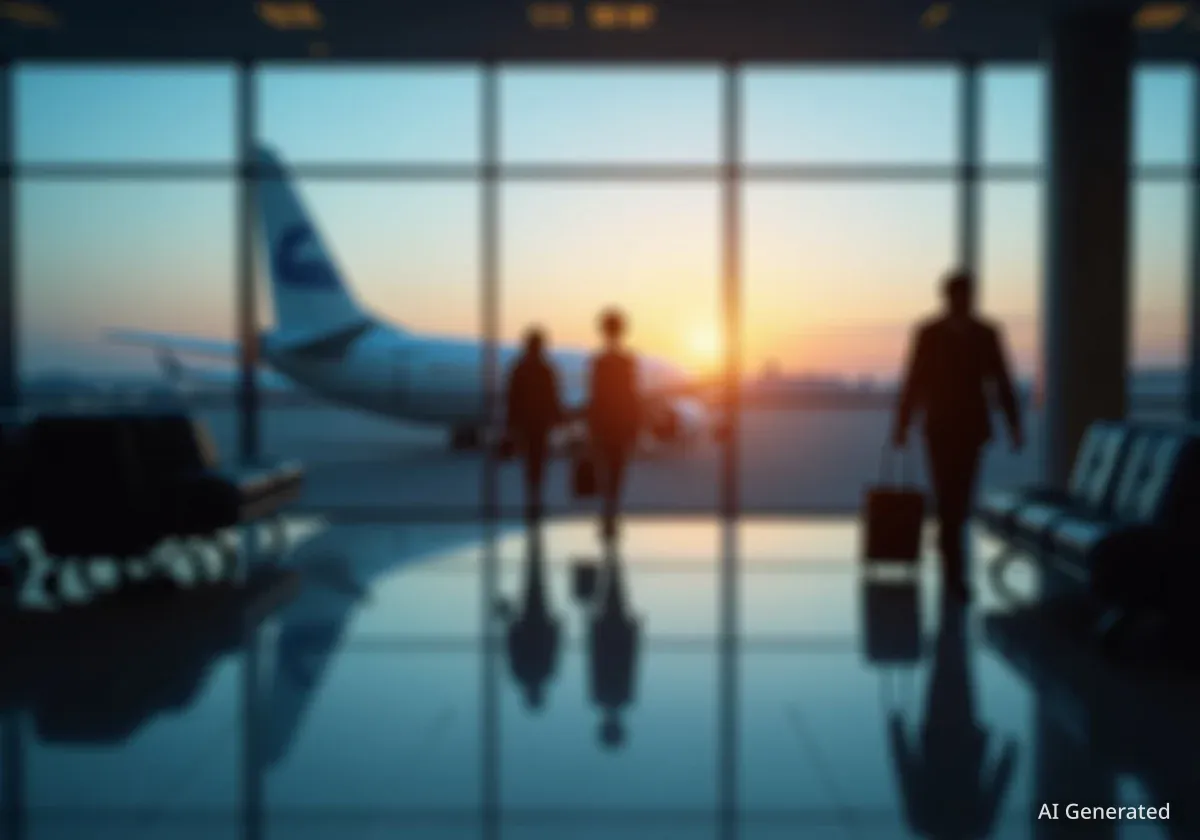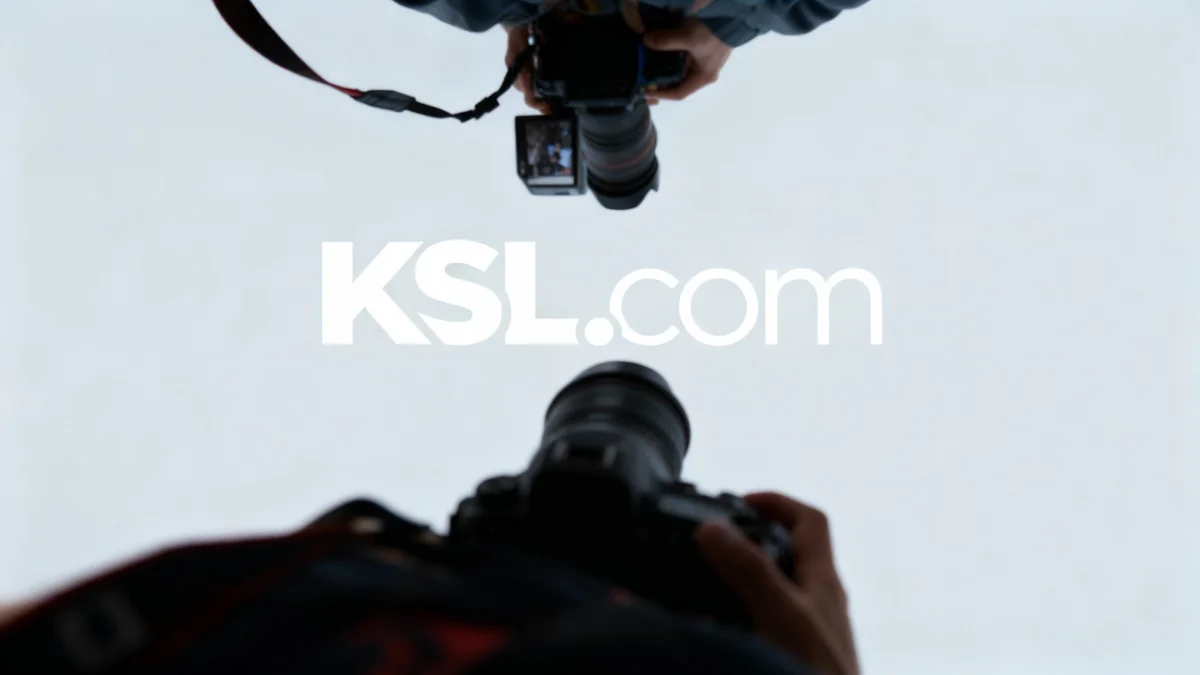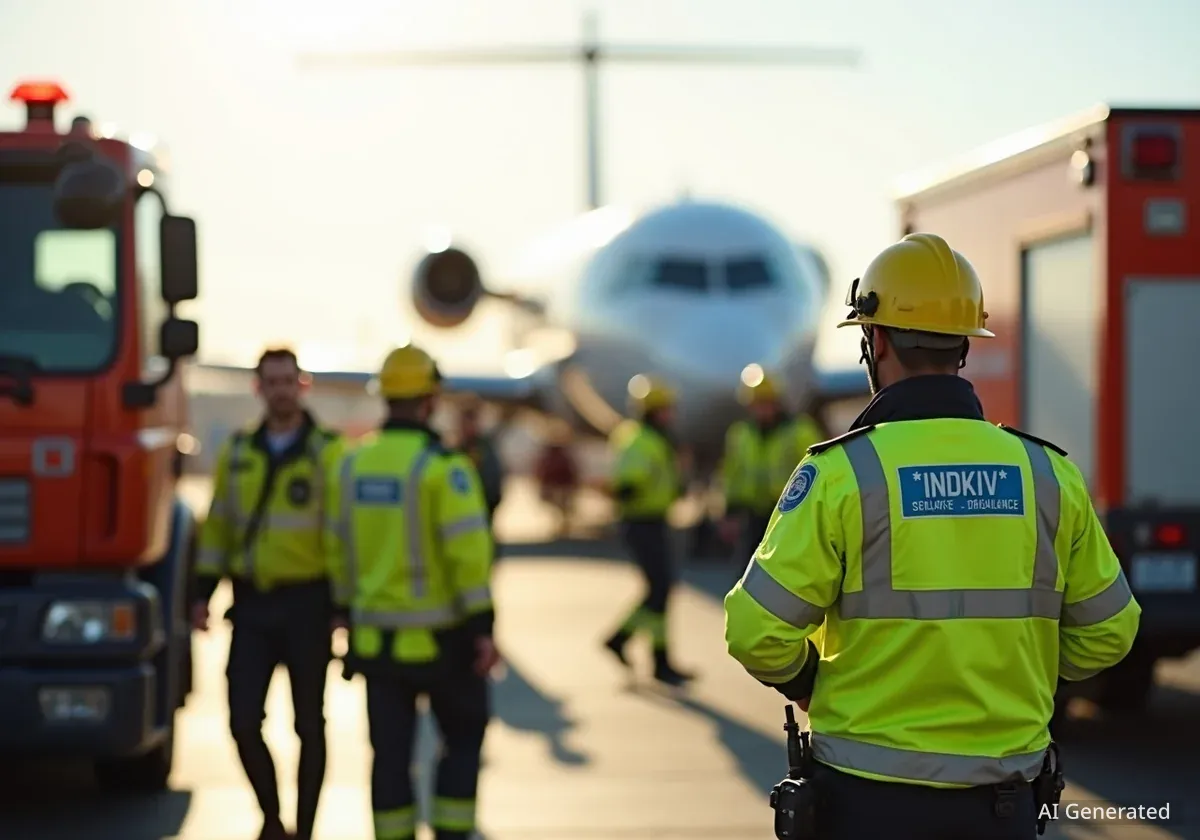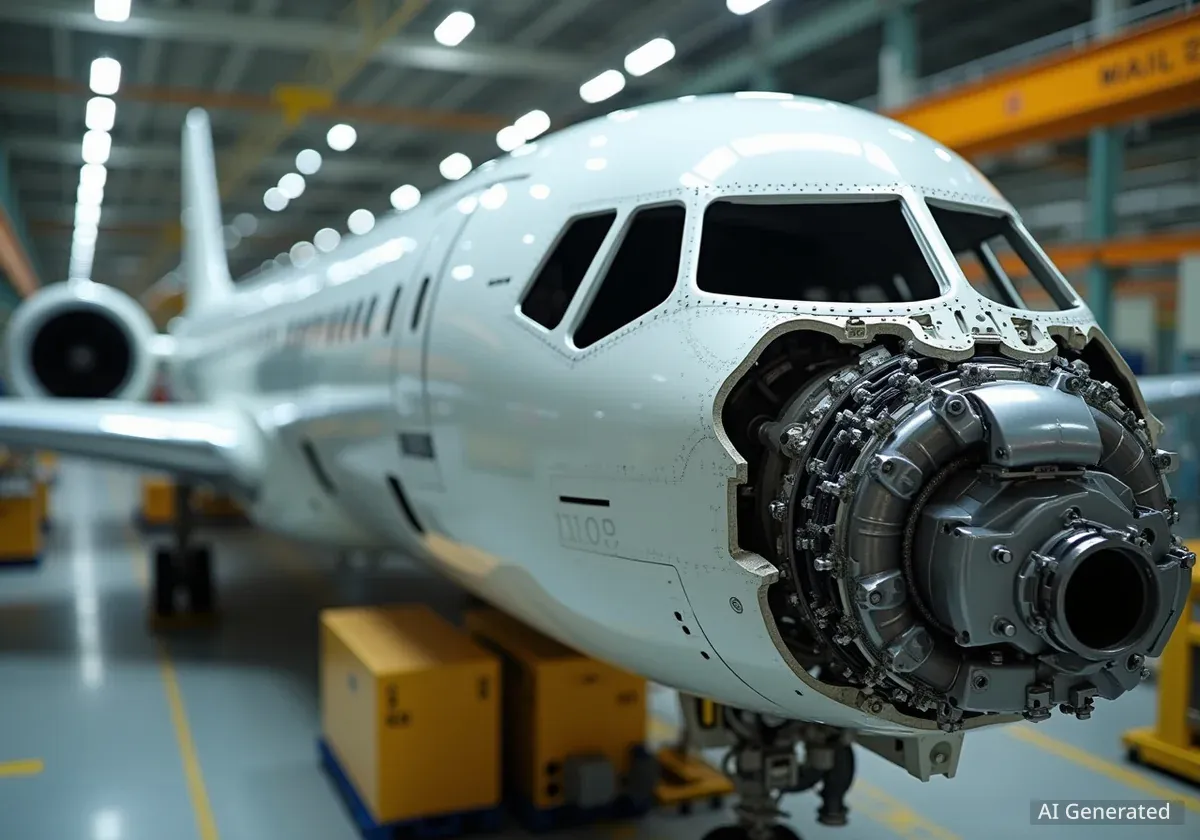A new player in South Korea's aviation market, Parata Air, has formally requested permission from the U.S. Department of Transportation to launch flights to the United States. The low-cost carrier is targeting a summer 2026 start for services connecting Seoul's Incheon International Airport (ICN) with Los Angeles (LAX) and Las Vegas (LAS).
The airline plans to operate these long-haul routes using its fleet of Airbus A330-200 aircraft. If the application is approved, Parata Air will become the third South Korean low-cost airline to offer transatlantic services, signaling a significant expansion for the recently launched company.
Key Takeaways
- Parata Air has applied to the U.S. DOT to operate flights from Seoul to Los Angeles and Las Vegas starting in summer 2026.
- The airline emerged from the restructuring of the bankrupt regional carrier Fly Gangwon.
- Parata Air operates a hybrid model, aiming to blend low-cost fares with enhanced comfort on long-haul routes.
- The proposed routes will place Parata Air in direct competition with established carriers like Korean Air and fellow low-cost airline Air Premia.
A New Identity and a Bold Vision
Parata Air represents a fresh start for an airline with a complicated past. The carrier is the rebranded successor to Fly Gangwon, a regional airline that ceased operations due to financial difficulties. Following its acquisition by South Korean manufacturer Winix, the airline was reborn as Parata Air with a new strategy and renewed ambition.
The airline officially began commercial operations with domestic flights connecting Seoul Gimpo (GMP), Jeju (CJU), and Yangyang (YNY). While using widebody Airbus A330-200 jets for these short routes is unconventional, the company stated it was a temporary measure to prepare for its long-haul international debut.
According to CEO Yoon Chul-min, the airline’s initial domestic services were highly successful, achieving load factors as high as 97%. This early success appears to have bolstered the company's confidence in pursuing its ambitious international expansion plans.
"Our vision is to transcend the boundaries of full-service and low-cost carriers," Yoon Chul-min stated, highlighting the airline's hybrid service model.
This hybrid approach aims to offer passengers affordable fares without sacrificing comfort, a strategy that could prove appealing on lengthy transpacific flights.
Fleet and Onboard Experience
Parata Air currently operates a small fleet of four aircraft, consisting of two Airbus A330-200s and two Airbus A320-200s. The aircraft were acquired from the secondary market, having previously flown for carriers including Alitalia, Avianca, and Hainan Airlines.
The airline has configured its aircraft to support its hybrid model. The Airbus A330s, which will be used for the U.S. routes, are configured with 294 seats. This includes a premium "Comfort+" cabin alongside a standard Economy cabin, providing passengers with an option for increased legroom and amenities.
Parata Air's Current Fleet
- Airbus A330-200 (HL8709): 294 seats, formerly operated by Avianca.
- Airbus A330-200 (HL8714): 260 seats, formerly operated by Hainan Airlines.
- Airbus A320-200 (HL8742): 168 seats, formerly operated by Alitalia.
- Airbus A320-200 (HL8741): 174 seats, formerly operated by Alitalia.
This two-class configuration is a key part of the airline's strategy to attract budget-conscious travelers who are still willing to pay a small premium for a better long-haul experience. The success of this model will be crucial as it enters the competitive North American market.
Navigating a Competitive Sky
Should its application be approved, Parata Air will enter a crowded and competitive transpacific market. It would join Air Premia and Trinity Airways (formerly T'way Air) as the third South Korean low-cost carrier flying to North America.
Air Premia already operates popular routes to Los Angeles, Newark, San Francisco, and Honolulu using modern Boeing 787-9 Dreamliners. Trinity Airways serves destinations including Vancouver, Guam, and Saipan.
Current South Korean LCC Routes to North America
- Air Premia: Los Angeles (2x daily), Newark (daily), San Francisco (5x weekly), Honolulu (4x weekly).
- Trinity Airways: Vancouver (4x weekly), Guam (daily), Saipan (daily).
The proposed Seoul to Los Angeles route is particularly challenging. Parata Air will face direct competition from legacy carriers Korean Air and Asiana Airlines, as well as the established low-cost option, Air Premia. Success will depend on its ability to offer competitive pricing and a compelling service.
The Seoul to Las Vegas route, however, presents a different opportunity. Currently, Korean Air is the only airline operating a direct flight, with a single daily service. This limited competition could allow Parata Air to capture a significant share of the market, especially among leisure travelers looking for an affordable way to reach the popular entertainment destination.
The Future of Transpacific Low-Cost Travel
Parata Air's move to enter the U.S. market reflects a growing trend in the aviation industry: the expansion of long-haul, low-cost travel. As post-pandemic travel demand continues to surge, more airlines are exploring ways to offer affordable options on intercontinental routes.
The airline’s success is not guaranteed. Operating long-haul flights is complex and costly, and the carrier will need to manage its small fleet efficiently while competing against much larger, established airlines. However, its strategic choice of routes, particularly the less-served Las Vegas market, and its hybrid service model could provide a viable path forward.
If Parata Air's application receives the green light from U.S. regulators, travelers can look forward to more choices and potentially lower fares for travel between South Korea and the American West Coast by 2026. The airline's journey from a failed regional operator to a potential transpacific competitor will be a closely watched development in the global aviation landscape.

